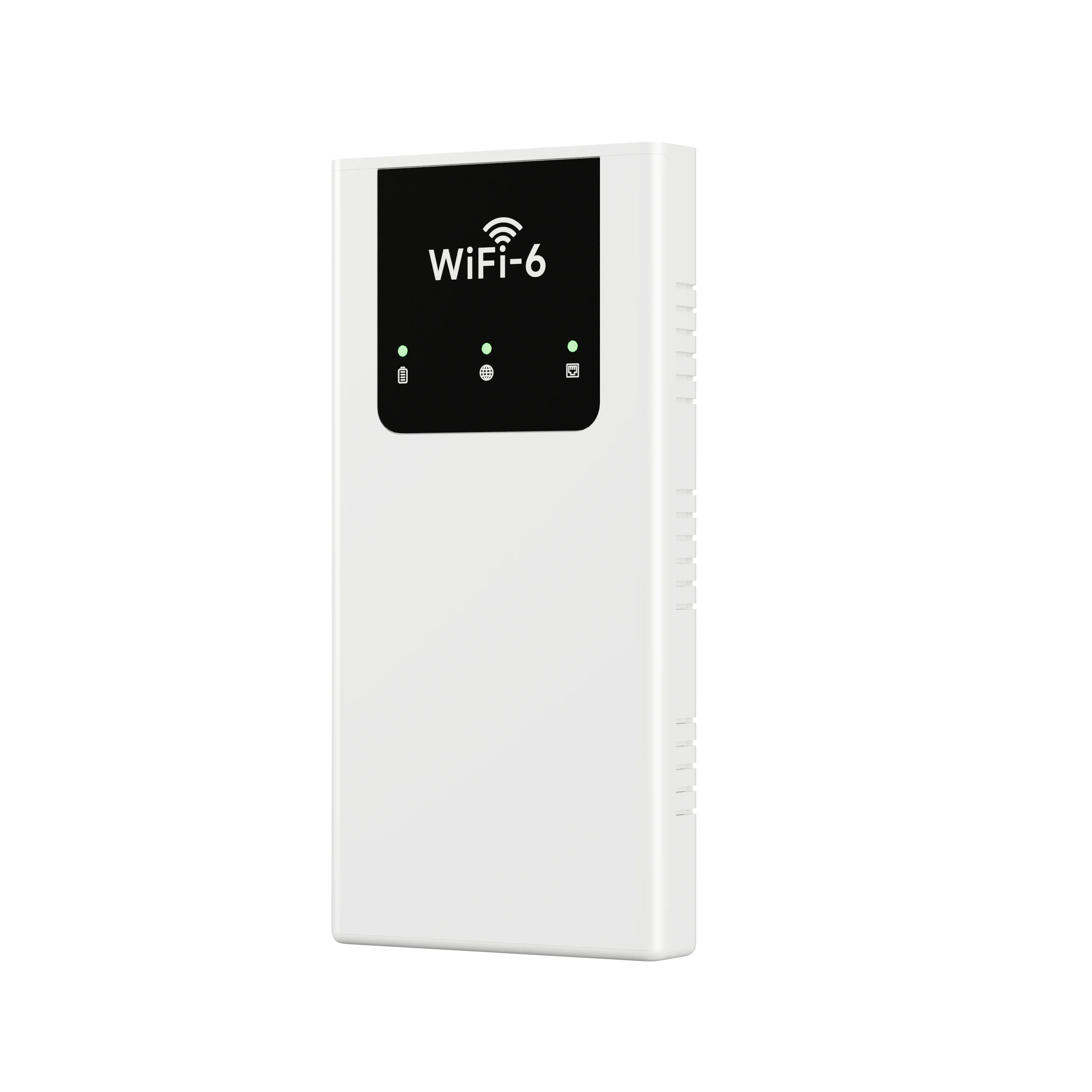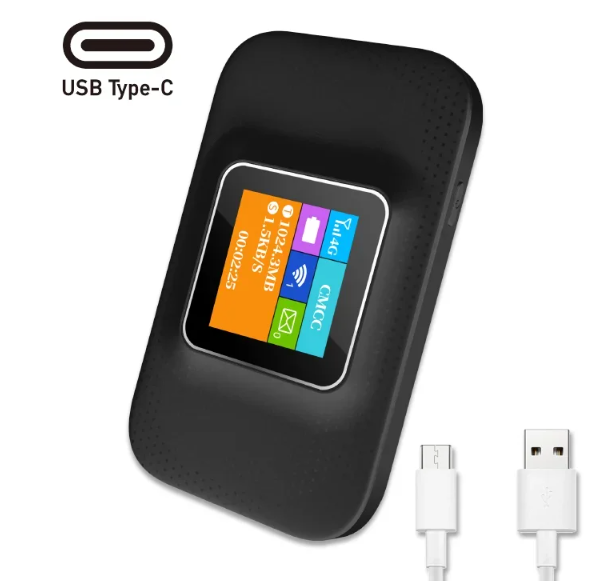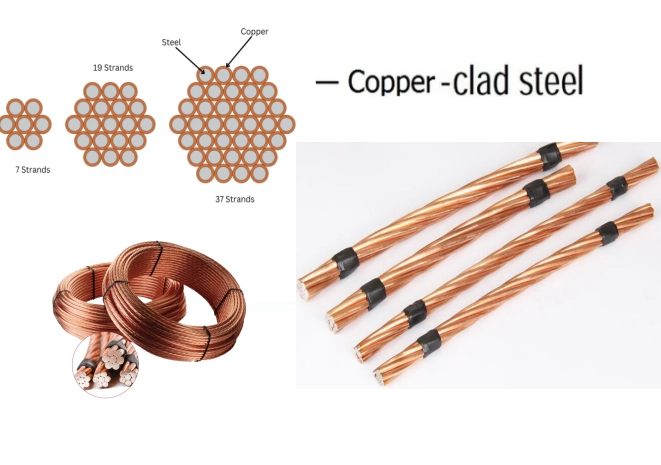In the fast-paced world of electronics, troubleshooting is an essential skill that every technician and engineer must master. Whether you're dealing with consumer electronics, industrial machinery, or complex circuit boards, the ability to diagnose and resolve issues efficiently can save time, resources, and ultimately, enhance product reliability. This article delves into advanced troubleshooting techniques, methodologies, and tools that can elevate your problem-solving capabilities in electronics.
Understanding the Basics of Electronics Troubleshooting
Before diving into advanced techniques, it's crucial to understand the foundational principles of electronics troubleshooting. At its core, troubleshooting involves a systematic approach to identifying and resolving faults in electronic systems. The process typically follows these steps:
- Observation: Begin by gathering information about the malfunction. This includes understanding the symptoms, error messages, and any recent changes made to the system.
- Documentation Review: Consult schematics, service manuals, and previous repair logs. This documentation can provide insights into common issues and known faults.
- Hypothesis Formation: Based on your observations and documentation, formulate hypotheses about potential causes of the problem.
- Testing: Use appropriate testing equipment to validate your hypotheses. This may involve measuring voltage, current, resistance, or using oscilloscopes to analyze signal integrity.
- Resolution: Once the fault is identified, implement the necessary repairs or adjustments.
- Verification: After repairs, verify that the system operates as intended and document the findings for future reference.
Advanced Troubleshooting Techniques
While the basic steps are essential, advanced troubleshooting requires a deeper understanding of electronic principles and the use of sophisticated tools. Here are some advanced techniques to enhance your troubleshooting skills:
- Signal Tracing
Signal tracing is a powerful technique that involves following the signal path through a circuit to identify where it fails. By using an oscilloscope or logic analyzer, you can visualize the signal at various points, allowing you to pinpoint the exact location of the fault. This method is particularly useful in complex digital circuits where multiple components interact.
- Component Testing
Sometimes, the issue lies within a specific component rather than the entire circuit. Learning how to test individual components, such as capacitors, resistors, and transistors, can save time. Use a multimeter to measure component values and check for shorts or opens. For more advanced components like integrated circuits, consider using a component tester that can simulate operating conditions.
- Thermal Imaging
Thermal imaging cameras can be invaluable in troubleshooting electronics, especially in identifying overheating components. By visualizing temperature differences, you can quickly locate faulty components that may not be apparent through visual inspection alone. This technique is particularly useful in power electronics and high-density circuit boards.
- Software Diagnostics
In modern electronics, many devices rely on software for operation. Utilizing built-in diagnostic tools or software can help identify issues related to firmware or software configurations. Familiarize yourself with the diagnostic capabilities of the devices you work with, as they can provide error codes and logs that point directly to the source of the problem.
- Root Cause Analysis (RCA)
Once a fault is identified and repaired, conducting a Root Cause Analysis is essential to prevent recurrence. This involves investigating the underlying reasons for the failure, which may include design flaws, manufacturing defects, or environmental factors. By addressing the root cause, you can implement design changes or preventive measures that enhance the reliability of the product.
Tools of the Trade
Equipping yourself with the right tools is crucial for effective troubleshooting. Here are some essential tools every electronics technician should have:
- Multimeter: For measuring voltage, current, and resistance.
- Oscilloscope: For analyzing waveforms and signal integrity.
- Logic Analyzer: For digital signal analysis.
- Soldering Station: For making repairs and modifications.
- Thermal Camera: For identifying overheating components.
- Component Tester: For testing individual electronic components.
Conclusion
Troubleshooting electronics is both an art and a science that requires a blend of theoretical knowledge and practical skills. By mastering advanced techniques and utilizing the right tools, you can significantly enhance your troubleshooting efficiency and effectiveness. Remember, the key to successful troubleshooting lies in a systematic approach, continuous learning, and a commitment to understanding the intricacies of electronic systems. As technology evolves, so too should your skills, ensuring that you remain at the forefront of the electronics industry.


